Primary School

Our primary school program has been developed in partnership with Cool Australia. The unit contains six lessons for Years 3-6 and uses game based learning to increase students’ understanding of sustainability and recycling.
The lessons provide links to the Humanities and Social Sciences, Design and Technology and Science curriculum and contain teacher and student worksheets.
Take action!
Schools can run a muster in their community and take positive actions for sustainability. Join our program and we will send you a school kit to get you started. The kit contains material to help you learn about recycling and instructions on how to design, implement and run a muster at school.
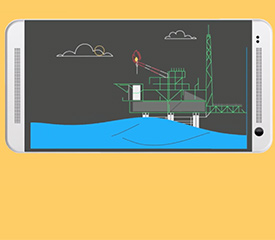
Resource Extraction Game Years 3 & 4
By playing a game in this lesson, students will understand the process of mining. This game is a hands-on experience that shows students the impacts of finding, extracting and transporting raw materials. At the end of the lesson, students will reflect specifically on how the mining process impacts the environment.
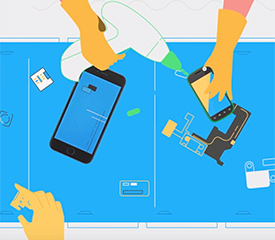
Manufacturing A Phone – Years 3 & 4
To better understand and appreciate the environmental impact of creating a mobile phone, students will learn how raw materials are processed into the components in our mobile phones. They will then use components to build a mobile phone (representation) and write a set of instructions that explain the process of constructing a mobile phone.
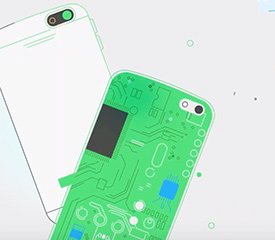
Unmaking A Phone – Years 3 & 4
In this lesson, students complete a ‘branching stories’ game to investigate what impact mobile phones have on the environment. They will journey through purchasing and end of life scenarios to learn what happens when you use, upgrade, reuse or recycle a mobile phone. The students will then investigate the recycling process through a hands-on dismantling and sorting activity.
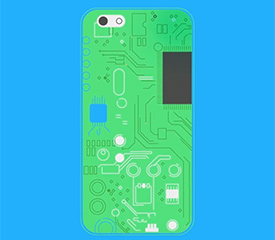
Circuits And Phones – Years 5 & 6
In this lesson, students use wires, batteries and light bulbs to learn what circuits are and how they work. Students will also learn how to read a circuit diagram, and use this information to find out how circuits and batteries power mobile phones.
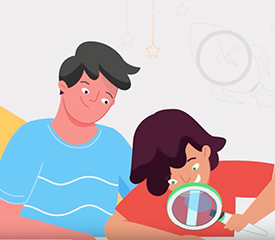
Inside A Phone – Years 5 & 6
In this lesson, students will investigate the conductivity of various materials and apply this understanding to the circuitry inside a mobile phone. They will learn what makes a mobile phone work and where the materials in a mobile phone come from.
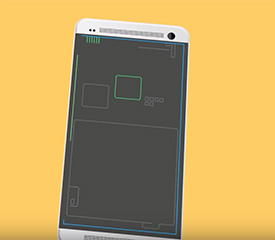
Phones Of The Future – Years 5 & 6
In this lesson, students design a sustainable mobile phone of the future. In teams, students develop and pitch their ideas and are scored on various criteria, including their phone’s sustainability.